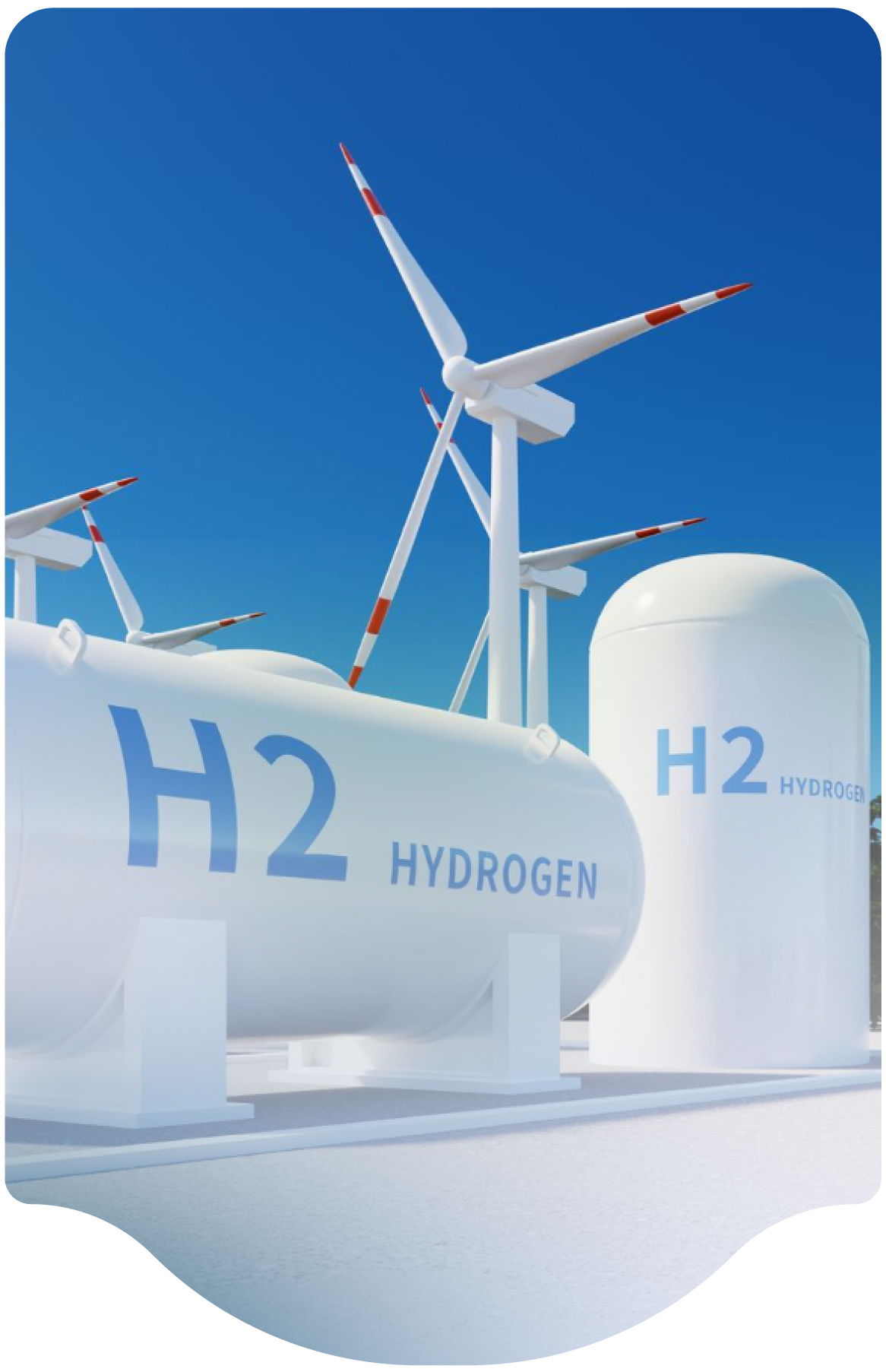- Home
-
Resources
- Center for Hydrogen Safety
- Hydrogen Fuel Cell Codes and Standards
- Learnings & Guidance
- Paper & References
- Web-based Toolkits
- Workforce Development

- Contact
- About H2Tools
- Welcome to the Hydrogen Tools Portal
- helpdesk@h2tools.org
FAQ
Frequently Asked Questions
Question & Answer
- 265 results found
- Clear All
As is mentioned in the question, it should always be assumed that vent stack fires will occur. The vent stack must be designed to withstand a possible deflagration and the heat from a continuous vent stack fire. The stack should also have sufficient height and be located such that thermal radiation is safe for surrounding personnel, equipment, and buildings. The codes and standards have…
Category: System Design
Refineries and large petrochemical plants will frequently have flare systems for H2 and other flammable materials. One of the major purposes of these flare systems is to prevent a large unignited cloud from forming since that could result in an explosion hazard and large deflagration overpressures if there is a delayed ignition. However, these are in large facilities which have the…
Category: System Design
Such a compressor should NOT be used for hydrogen. There are many issues with converting a compressor to hydrogen service. First and most important, this must be approved by the manufacturer. Examples of concerns for a non-hydrogen compressor used for hydrogen service include (but are not limited to):
- Are the materials compatible with hydrogen permeation, embrittlement,…
Category: Lab Equipment
Keywords: Compressors, Hydrogen, Nitrogen, Compatibility
This is a fairly common arrangement and can be acceptable if properly designed. Some considerations:
- The main concern is low temperature downstream of the mixing point, in case of mixing valve failure. Perform a LOPA (layer of protection analysis) on the safeguards. A shutdown table showing the action of each shutdown would help with understanding the layers of protection. The…
Category: System Design
Keywords: Fueling Station, Mixing, Temperature
Yes, these would be ignitable mixtures. In this case, it does not appear complicated geometry is involved, so 1200 psig pipe should be more than adequate to protect against internal deflagration. The most likely scenario is a "backfire," similar to a car, where ignition occurs too soon and shoots out the open end of the pipe. Consider using an inline deflagration flash arrestor on the…
Category: Explosions
Keywords: Explosion, Detonation, Piping, System Design
There is no generalized exception for hydrogen fueling stations. However, PSM is intended for employee protection. It’s not intended for retail operations or customers. Through paragraph 1910.119 (a)(2)(1) of the regulation, PSM exempts retail facilities. Some may use this exemption as a means to exclude H2 retail fuel sites from PSM.
Fuel stations that are non-retail, such as…
Category: Miscellaneous
Keywords: Fueling Station, Facility
The information provided is not only outdated in terminology, but also misleading in quantifying the dispersion of hydrogen in terms of comparison of diffusion of air in air. Hydrogen diffuses 4X faster than air, and the rate of mixing has many variables, so there isn’t just one answer. However, it’s generically safe to say that an initial hydrogen gas cloud outdoors and unconfined will…
Category: Miscellaneous
Precautions applicable to oxy-acetylene torches are likely applicable here and are a good starting point. Recommendations for the hardware are best provided by the cylinder supplier, and all these parts can be purchased from their respective catalog. All three devices in the question should have UL listings, FM approvals, or some other nationally recognized testing laboratory (NRTL) listing,…
Category: Miscellaneous
The HSP discourages the use of this type of piping for hydrogen despite the low likelihood of ignition within the pipe itself. The polyethylene film can indeed develop a charge and, depending on the film thickness and substrate wall material, will eventually produce an electrostatic discharge. Since the nominal hydrogen concentration is so high (and assuming the purge-in and purge-out…
Category: Miscellaneous
Keywords: Static Charge, Piping, Balloon
This is an interesting question because of the special considerations associated with the H2-air mixture flashback scenario during turbine startup and shutdown. In-line deflagration arresters and detonation arresters for H2-air mixtures are different than those for most other fuels and need to be certified for use with hydrogen. They are commercially available, and NFPA 69 has a good chapter…
Category: Miscellaneous
Keywords: Combustion Turbine, Mixed Gas
We are professional and reliable provider since we offer customers the most powerful and beautiful themes. Besides, we always catch the latest technology and adapt to follow world’s new trends to deliver the best themes to the market.
Contact info
We are the leaders in the building industries and factories. We're word wide. We never give up on the challenges.
- 2 Queen Street,California, USA
- (+84) 04 123 456
- :Helpdesk@h2tools.org
